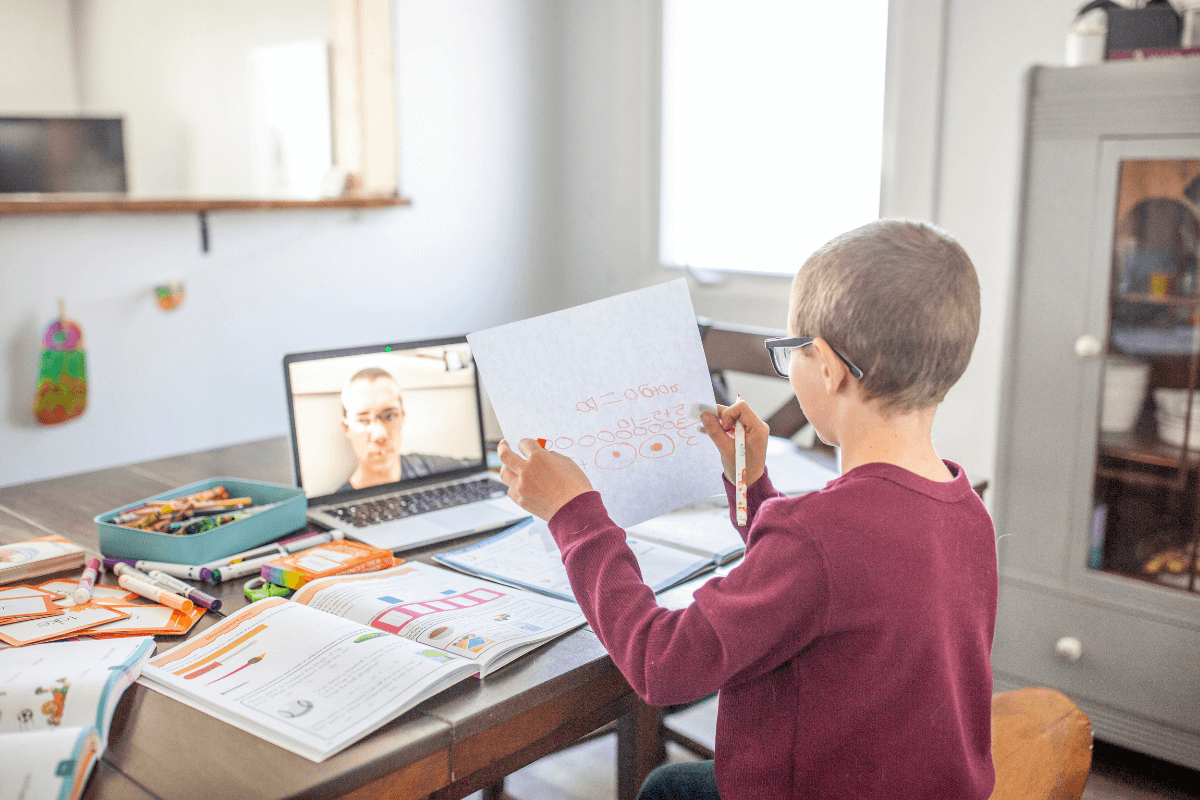COVID has had a significant impact on our schools and education. One of the most visible effects has been the increase in school absences. Recent data shows that school absence rates have spiked in recent years, which has clearly impacted student performance. Schools are now struggling to find ways to deal with the potential influx […]





